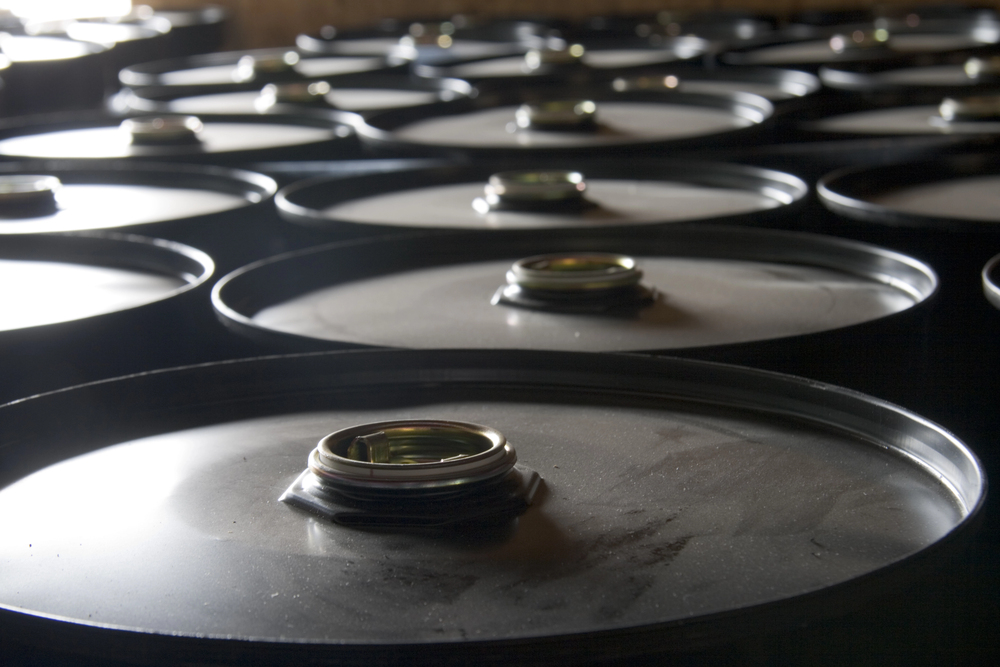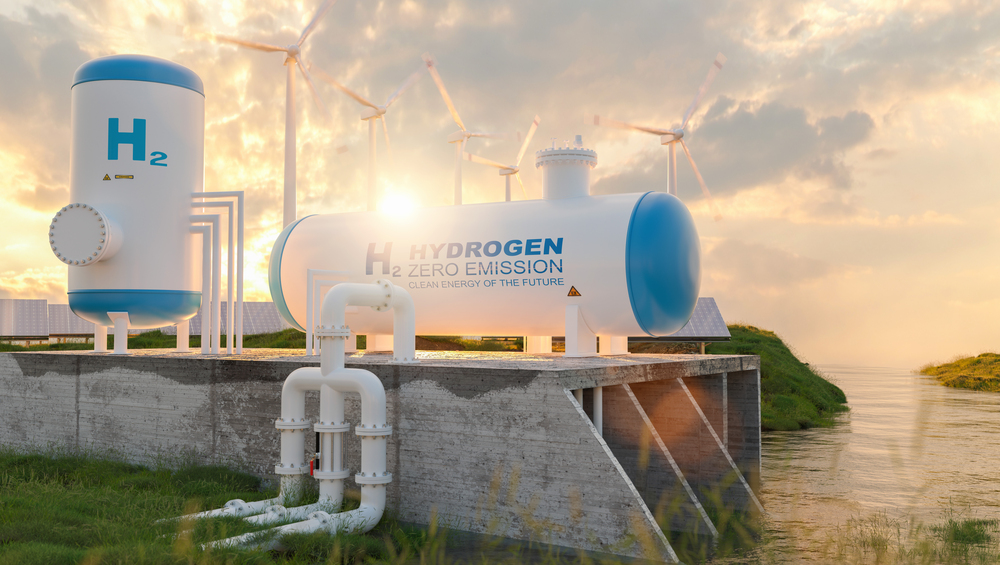
A 4.5 million barrel-per-day supply shock almost 5% of global oil production looms over the market like a Damocles’ sword, ready to redefine the energy map overnight. For institutional investors and energy experts, the risk in 2025’s oil markets has seldom been greater, as geopolitics, engineering ingenuity, and changing demand intersect in a combustible cocktail.

1. Trump-Russia Sanctions: The Mechanics of a Supply Shock
The threat of a Trump administration slapping 500% tariffs on Russian oil and its customers has added a powerful risk premium to world crude prices. Full enforcement would remove an estimated 4.5 million barrels per day from world supply, the action that would shock through already inflation-stressed economies. As Commerzbank warns, “even the partial imposition of tariffs could drive Brent crude to $120/bbl, a post-2022 high.” But the impact of sanctions is muted by Russia’s tactical diversion of exports. U.S.-Russia trade has fallen by 90% since 2021, and Russia has adroitly shifted its focus to China, India, and the Global South, where customers such as Brazil have re-exported Russian crude to avoid sanctions.

The engineering accomplishment of diverting huge amounts of oil has entailed Arctic transportation through the Northern Sea Route (NSR), with Aframax tankers such as NS Arctic and Primorsky Prospect transporting crude to China on 30 percent shorter voyages than regular Suez Canal routes. Besides cutting shipping days, this engineering transition also lowers the number of vessels needed, increasing Russia’s ability to withstand Western sanctions.

2. OPEC+ Production Unwind: Overcompliance, Oversupply, and Engineering Realities
OPEC+ began an orderly unwinding of 2.2 million barrels per day in voluntary cuts, with the goal of refashioning the market by 2026. Compliance is however patchy: Saudi Arabia and the UAE are front-running, but Iran and Libya trail behind. The August 2025 group decision to increase production by 548,000 bpd, and September plans for a further 550,000 bpd, are evidence of the strategic shift to regain market share from shale U.S. producers. As Oilprice.com notes, “the rushed timetable heralds a strategic move to regain market share from U.S. producers and follow U.S. political pressure to bring energy prices down.” This risky approach threatens oversupply, with Commerzbank estimating Brent could drop to $65/bbl by autumn a price level that would challenge the fiscal viability of oil-dependent economies. The technical foundation of OPEC+’s approach is informed by technological developments in monitoring production and tracking compliance, through the Joint Ministerial Monitoring Committee, that utilizes real-time information to impose quotas and respond to changes in market signals as explained by energy analyst Sarah Emerson.

3. Demand Outlook: Stagflation and Downward Revisions
The International Energy Agency has reduced its 2025 oil demand growth projection to 1.03 million bpd due to a “tariff-induced stagflationary scenario.” Emerging markets, at 60% of growth, are most vulnerable. China’s demand for petrochemical feedstocks is a bright exception, but consumption of refined fuel is flattening. The U.S. Energy Information Administration predicts U.S. crude output will peak by Q2 2025, then fall, while Fitch Ratings warns that world oil demand will increase by a mere 800,000 bpd, much lower than previously forecast. This deterioration in growth is already transforming investment strategies as investors prefer increasingly assets capable of riding out extended durations of low demand and price instability.

4. LNG Engineering: Buffering Supply Shocks and Decarbonizing
Liquefied natural gas (LNG) has become a vital hedge in this age of supply volatility. Improvements in liquefaction and regasification technology have turned the U.S. into the leading exporter of LNG globally, with capacity poised to hit 16.4 billion cubic feet per day by 2026, driven by Corpus Christi and Golden Pass expansion. LNG’s position as a versatile, lower-carbon bridge fuel is highlighted by its capability to replace coal in rapidly expanding Asian economies, with India targeting raising gas’s proportion of its energy mix to 15% from 6% by 2030. Bangladesh’s floating storage and regasification units, and Thailand’s and Pakistan’s main import terminals, demonstrate the engineering sophistication behind LNG’s accelerated roll-out in Asia. However, price instability continues, with an anticipated worldwide oversupply of 63 million tons by 2030 likely to stabilize the prices but only after more volatility in 2025.

5. Russia’s Export Infrastructure: Arctic Engineering and Risk
Russia’s strategic shift to Asia has been dependent on the use of Arctic shipping routes, a logistical achievement made possible by a fleet of more than 35 ice-class tankers of more than 70,000 dwt. The Vostok Oil project, set to open next year, will further increase volumes shipped via the NSR. However, shipping crude through ice-covered waters elevates environmental risk, as Professor Mawuli Afenyo notes: “Oil spills in open water are already complex and difficult, with far-reaching impacts. This becomes more complicated when the oil is spilled in icy waters, since the oil may become trapped in ice, fall between leads, and spill onto snow in certain instances.” The remoteness and absence of infrastructure in the region ensure that response time to accidents is delayed, enhancing the stakes for environmental and financial risk management.

6. Carbon Capture and Hydrogen: Engineering a Low-Carbon Hedge
Large oil majors are combining carbon capture and hydrogen production technologies to meet regulatory directions and protect themselves from potential demand shocks down the line. Carbon capture and storage (CCS) ventures, like Australia’s Gorgon, which captures more than 4 million tons of CO₂ a year, are becoming more integrated with hydrogen projects. Electrolyzer facilities, commonly located close to saltwater disposal areas, facilitate localized hydrogen generation and storage, reducing the necessity for huge pipeline networks. As the industry turns to clean hydrogen, policy incentives such as the U.S. 45Q and 45V tax credits are driving adoption, new ISO standards and certification programs setting the stage for international hydrogen trade and integration into refining and transportation.

7. Investment Strategies: Engineering Resilience in Portfolios
For institutional investors, the interaction of supply shocks, OPEC+ volatility, and soft demand makes a strong case for overweighting energy commodities and equities. Diversification using ETFs like the Energy Select Sector SPDR Fund (XLE) and infrastructure funds like the Tortoise North American Pipeline Fund (TPYP) provides exposure to both inflation hedges and midstream cash flows that are shielded from commodity price volatility. Integrated majors with healthy export infrastructure and production flexibility ExxonMobil and Chevron included are well suited to take advantage of crude differentials and discounted feedstock. At the same time, carbon capture and hydrogen leaders are poised to gain from regulatory tailwinds and changing consumer values.

The 2025 oil market is a testing ground in which geopolitical risk, engineering ingenuity, and changing demand are forging new paradigms for investing in energy. In this climate, technical expertise and hedging strategy are not simply assets, they are necessities.


